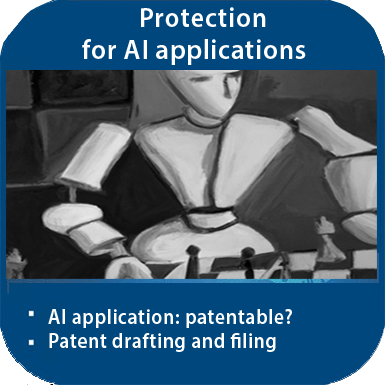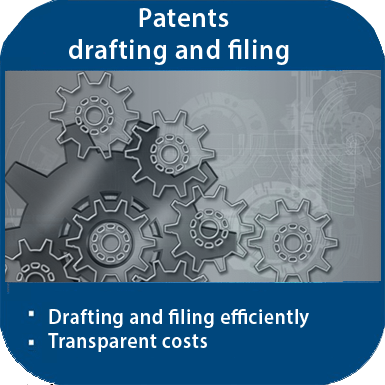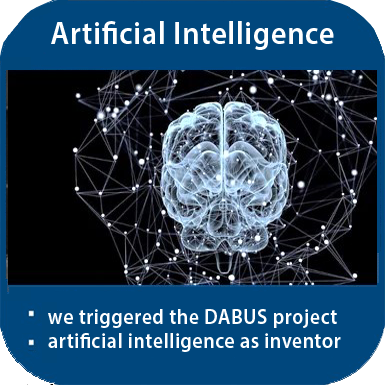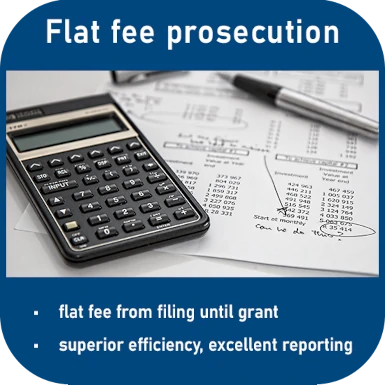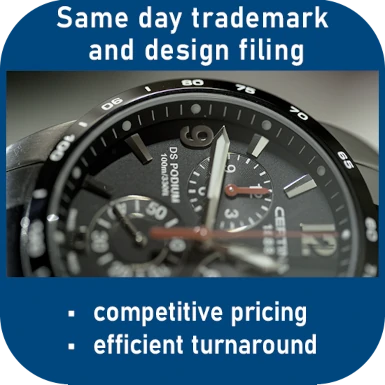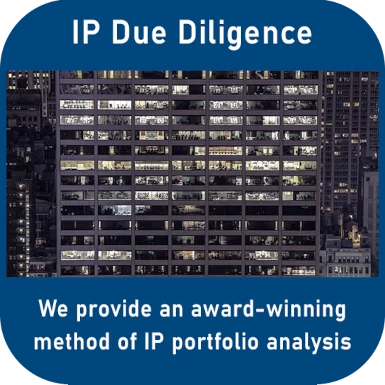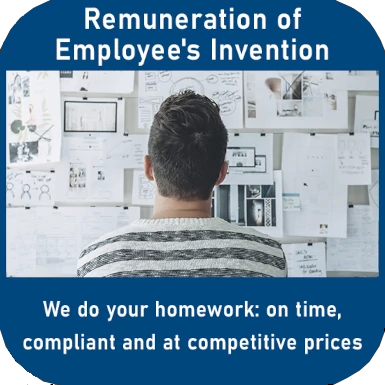EPO: AI invention with meta-learning scheme
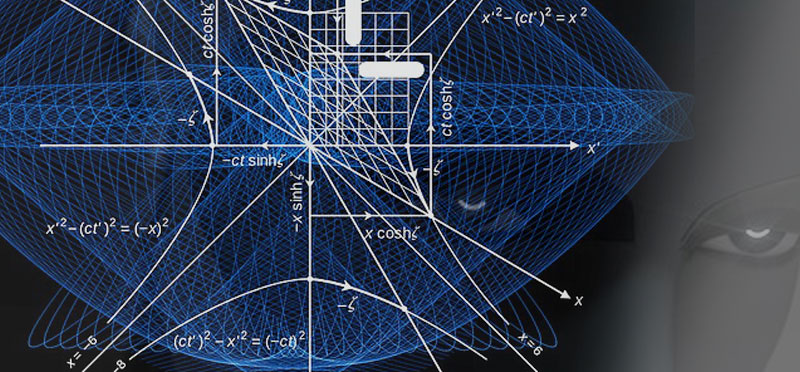
A recent decision before the EPO Boards of Appeal (T 1191/19) dealt with an AI invention. The case concerned inventive step by the use of a so-called meta-learning scheme and whether this use was sufficiently disclosed.
This decision also raised another interesting question:
How to argue when, for a new field of technology such as AI, there is prior art to prove what a person skilled in the art understands by certain terms, but this evidence is not accepted by the examining division?
AI invention with a meta-learning scheme
The patent in suit describes an AI invention involving the application of an already known meta-learning scheme (prior art of AX1) to solve the problem of predicting personalised interventions for a patient in processes that are based on neural plasticity.
Neuronal plasticity is the property of synapses, nerve cells, or even entire brain areas to change in their properties depending on their use.
The facts
In the contested decision, the Examining Division of the European Patent Office (EPO) found that claim 1 was not based on an inventive step in respect of document D1 in combination with document D11 and did not fulfill the requirements of Article 84 EPC.
The two documents in question are:
D1: Gibert et al, "Response to traumatic brain injury neurorehabilitation through an artificial intelligence and statistics hybrid knowledge discovery from databases methodology", Medicinsky Arhiv, Sarajevo, vol. 63, no. 3, June 2008, 132-5.
D11: WO 2007/079181
The patent applicant filed an appeal against this and pointed out that patent claim 1 provided for the use of an algorithm or strategy in the field of meta-learning and was different in this respect. This so-called meta-learning scheme is in turn disclosed by AX1 (AX1: Prodromidis, et al. "Meta-learning in distributed data mining systems: Issues and approaches"). The clarity requirement of Art. 84 EPC is thus fulfilled.
However, the examining division did not accept the applicant's assertion that the terms in the relevant prior art had fixed meanings with respect to a meta-learning scheme and did not accept AX1 as evidence of general knowledge in this respect.
Meta-learning scheme: common general knowledge in the field of AI?
The first issue before the Board of Appeal was therefore to clarify: Are meta-learning schemes part of the common general knowledge in the field of AI?
Unlike the Examining Division, the Board of Appeal followed a different strategy to resolve this issue. It simply referred to AX1 as the closest prior art and thus also adopted the terminology disclosed therein. It followed the patent applicant's argument that the invention used the same general meta-learning scheme. However, the patent applicant could not use this to his advantage.
By declaring AX1 to be the closest prior art, the board considered AX1 to be a more appropriate starting point for assessing inventive steps. However, this left the patent applicant hardly any room for argumentation.
Novel and Inventive?
With regard to the inventive step, the patent applicant argued that the application of meta-learning to model and control processes was a novel and inventive strategy in the context of brain plasticity.
The board did not follow this line of argument: the mere application of a known machine-learning technique to problems in a particular field was a general trend in the art (see T 161/18). In the method according to claim 1, however, no obvious detail of the application of the meta-learning scheme of AX1 to the problem at hand could be discerned which went beyond a mere repetition of the scheme disclosed in AX1 on an abstract level.
Therefore, there was no inventive step. In the board's view, the subject matter of claim 1 did not involve an inventive step (Article 56 EPC).
Sufficiency of disclosure
The specific application of the meta-learning scheme was also not disclosed in a manner sufficiently clear and complete, the board of appeal ruled.
According to the board, it lacked:
- an example set of training data and validation data;
- indications of a minimum number of patients from which training data should be compiled to make a meaningful prediction, as well as the set of relevant parameters; and
- a structure of the artificial neural networks used as classifiers, their topology, activation functions, end conditions, or learning mechanisms.
More details on applying such general concepts are required. However, this is completely lacking in the present patent application. Accordingly, the board of appeal commented that the available disclosure was " more like an invitation to a research programme".
In the end, the appeal was dismissed in its entirety (EPO, Neuronal plasticity, T 1191/19 vom 1. April 2022).
Conclusion
On the one hand, this decision provides a good overview of the EPO's requirement for concrete statements in an AI-related patent application.
On the other hand, it shows that patent applicants must have a lot of experience to successfully refer to - possibly new - general knowledge.
Our patent law firm K÷llner & Partner offers this expertise and strategic argumentation for patent applications.
If you have any questions, want support for your patent application, or check the protectability, please contact us by phone at +49 (0)69 69 59 60-0 or info@kollner.eu.
